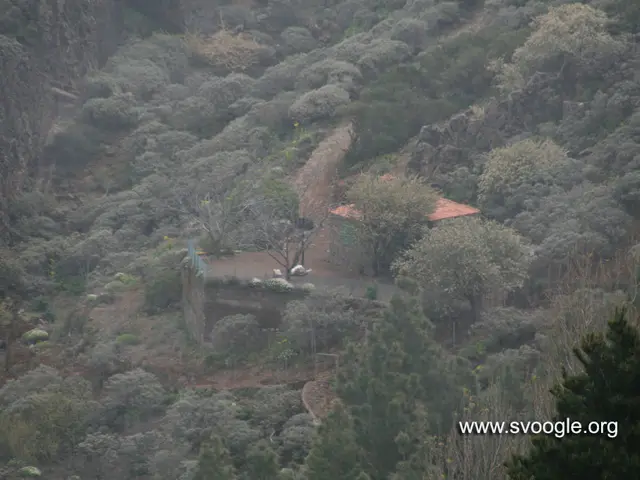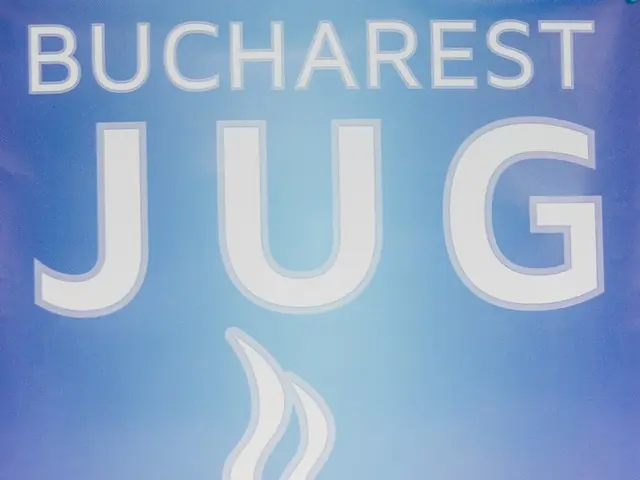"Brace Yourself: Nabiullina Issues Grim Forecast for Holders of Russian Currency"
In the ever-changing financial landscape of Russia, safeguarding savings from devaluation and inflation has become a critical concern for many. With inflation rates higher than most bank deposit interest rates and the ruble's exchange rate influenced by factors beyond oil prices, it's essential to adopt a strategic approach to securing one's hard-earned money.
The current strategy for protecting savings in Russia in 2025 centres on maintaining high interest rates, managing currency interventions, and increasing reliance on gold and other non-traditional financial assets.
Monetary Policy Tightness
The Bank of Russia has recently cut its key interest rate to 18.00%, but plans to keep monetary policy tight to reduce inflation and stabilize the economy. The forecasted average key rate remains high, aiming to contain inflation and protect the value of savings.
Currency Management
The Central Bank's heavy forex interventions, such as daily sales of rubles for yuan and gold, help support the ruble's value. However, this strategy temporarily supports savings in rubles and risks volatility if sanctions ease or oil prices fall, potentially leading to renewed rate hikes and currency swings.
Gold and Alternative Assets
In response to sanctions and reduced access to global financial markets, Russia is increasingly pivoting toward gold. Plans for a domestic gold trading platform on the St. Petersburg Exchange aim to provide an alternative store of value beyond the ruble and foreign currencies, which are vulnerable to sanctions and devaluation.
Navigating Sanctions
Ongoing EU and international sanctions limit Russia’s access to global financial markets, foreign currency, and banking software, pushing savers to seek alternatives like gold or tightly controlled ruble deposits.
To effectively protect savings, it's crucial to diversify one's portfolio, placing part in ruble deposits, part in OFZs, part in liquid assets, and a small portion in currency. Experts also recommend consulting with financial advisors to create a well-structured strategy and protect a significant portion of capital during sudden changes.
In today's rapidly evolving financial conditions, it's essential to regularly study news, decisions of the Central Bank of Russia, and market trends. Additionally, monitoring inflation and comparing it with the yield of your tools can help ensure that your savings remain secure and grow over time.
Remember, money that simply lies can quickly lose its value in the modern economy. Don't react to short-term market fluctuations when saving for long-term goals, and always keep part of your money in liquid form for unexpected expenses.
In conclusion, navigating the Russian financial landscape requires a strategic approach, focusing on high interest rates, currency management, gold market development, and navigating sanctions. By adopting this defensive strategy, you can help protect your savings amidst persistent inflation risks, currency volatility, and geopolitical isolation. However, it's important to be aware of the risks of eventual currency adjustment and inflation rebound if external conditions shift.
- To maintain a secure personal finance strategy in the evolving Russian financial landscape of 2025, it's essential to incorporate gold investments as a non-traditional financial asset, given the ongoing development of a domestic gold trading platform to protect savings from sanctions and devaluation.
- As the Bank of Russia preserves a tight monetary policy with high average key interest rates to reduce inflation, it is wise to invest part of one's savings in high-interest ruble deposits while also diversifying the portfolio with liquid assets, OFZs, and financial advisor consultation to safeguard long-term personal finance goals.







